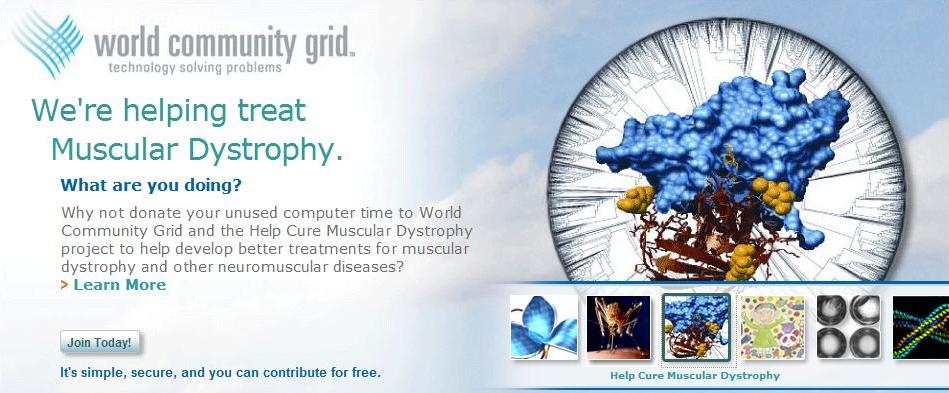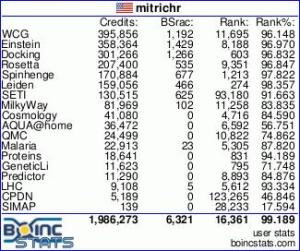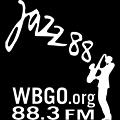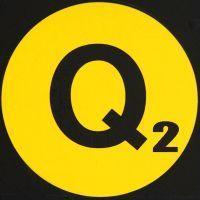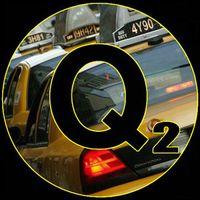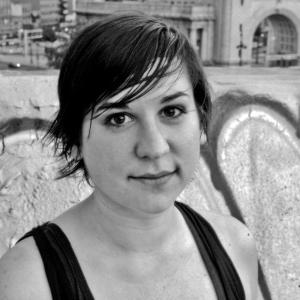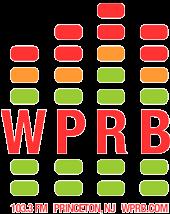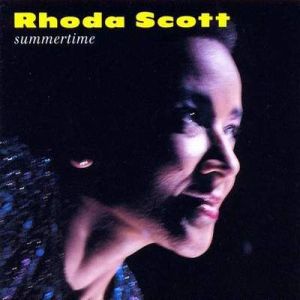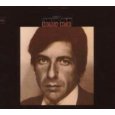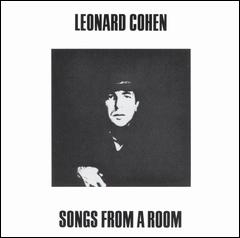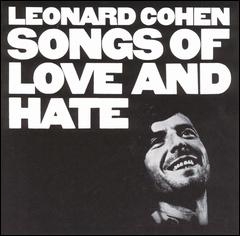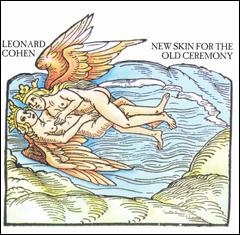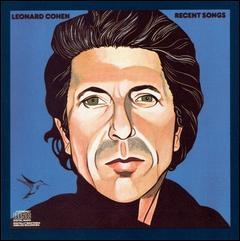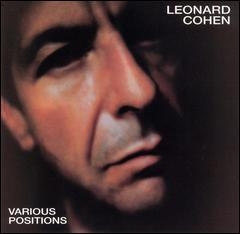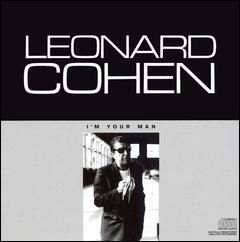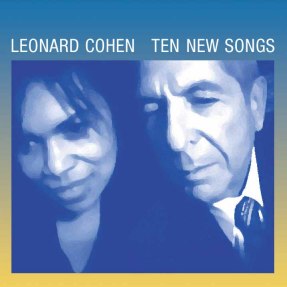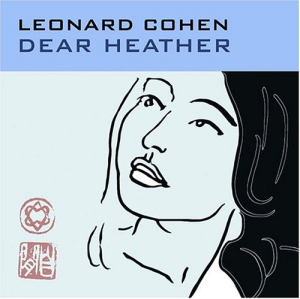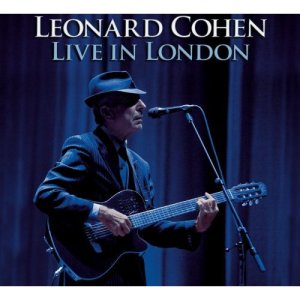Its Public Radio and It’s Music to My Ears (Originally posted at MusicSprings)
But it’s the BBC , and it is a 29 minute radio piece about Citizen Science – Public Distributed Computing. Besides music and video, and way way more important to me than either, is being a “cruncher” for scientific projects at august institutions and universities around the globe. We use software provided by the Berkeley Open Infrastructure for Network Computing – BOINC – to produce for each project through our collective participation, each project’s very own super computer crunching teraflops of data, saving lab scientists literally years of work to reach their goals and help mankind.
I hope that you will click on the link above for the radio piece, listen to it, and then explore BOINC and the many diverse projects using the software for the betterment of all mankind.
The best example I have is from the Cancer Institute of New Jersey, New Brunswick, NJ, Dr David Foran’s team at the project Help Defeat Cancer, under the aegis of World Community Grid (see below) reduced tissue typing on one PC from 137 years to one day. Tell me that did not save lives!!

Most of the text below is taken directly from the web sites of the projects. I hope that you will listen to the radio piece and then visit the project web sites to learn more about what is going on.
BOINC software is available for Windows, Linux and Mac.
The spinning ball is from Spinhenge@home, a project about which the scientists tell us, “…With your participation you will actively support the research of nano-magnetic molecules. In the future these molecules will be used in localised tumor chemotherapy and to develop tiny memory-modules….” This projects is at the University of Applied Sciences Bielefeld – Department of Electrical Engineering and Computer Engineering, Bielefeld, the Ostwestfalen-Lippe region, Germany.

Einstein@home searches for pulsars and gravitational waves. They just made the headlines (in science, anyway) with the confirmation of a newly discovered pulsar. Einstein@home is a project based un the USA. Here is what the scientists tell us, ” Einstein@Home is a program that uses your computer’s idle time to search for gravitational waves from spinning neutron stars (also called pulsars) using data from the LIGO gravitational wave detector… Einstein@Home also searches for radio pulsars in binary systems, using data from the Arecibo Observatory in Puerto Rico. Einstein@Home is a World Year of Physics 2005 and an International Year of Astronomy 2009 project supported by the American Physical Society (APS) and by a number of international organizations. Einstein@Home is now carrying out a search of data from LIGO’s first science run at design sensitivity (S5). The current analysis (S5GC1) uses 8898.5 hours of data from the entire S5 run. S5GC1 is the first analysis deploying the F-statistic plus global-correlations method, which is currently the most sensitive search technology known.
Bruce Allen, Director of Einstein@Home; Director, MPI for Gravitational Physics, Hannover; Professor of Physics, U. of Wisconsin – Milwaukee”
So, we add cosmology to biology.

What does Rosetta@home do? “Rosetta@home needs your help to determine the 3-dimensional shapes of proteins in research that may ultimately lead to finding cures for some major human diseases. By running the Rosetta program on your computer while you don’t need it you will help us speed up and extend our research in ways we couldn’t possibly attempt without your help. You will also be helping our efforts at designing new proteins to fight diseases such as HIV, Malaria, Cancer, and Alzheimer’s… Please join us in our efforts! Rosetta@home is not for profit….” Rosetta@home is at The University of Washington, “U Dub” to the cogniscenti, under the watchful eye of David Baker, Professor of Biochemistry and Howard Hughes Medical Institute investigator.
The granddaddy of all projects, the “source” for BOINC is the SETI@home project.
was

and now

and

From the site, “SETI (Search for Extraterrestrial Intelligence) is a scientific area whose goal is to detect intelligent life outside Earth. One approach, known as radio SETI, uses radio telescopes to listen for narrow-bandwidth radio signals from space. Such signals are not known to occur naturally, so a detection would provide evidence of extraterrestrial technology. Radio telescope signals consist primarily of noise (from celestial sources and the receiver’s electronics) and man-made signals such as TV stations, radar, and satellites. Modern radio SETI projects analyze the data digitally. More computing power enables searches to cover greater frequency ranges with more sensitivity. Radio SETI, therefore, has an insatiable appetite for computing power. Previous radio SETI projects have used special-purpose supercomputers, located at the telescope, to do the bulk of the data analysis. In 1995, David Gedye proposed doing radio SETI using a virtual supercomputer composed of large numbers of Internet-connected computers, and he organized the SETI@home project to explore this idea. SETI@home was originally launched in May 1999.

Dr. David P. Anderson
Dr. David P. Anderson, Director of the SETI@home Project. David is a computer scientist, with research interests in volunteer computing, distributed systems, and real-time systems. He also runs the BOINC project.
My personal favorite project is LHC@home, a project trying to aid the scientists at CERN who are using the Large Hadron Collider in rthe hopes of finding the Higgs Bosun, the particle which would provide for mass in the sixteen particles which comprise the current “Standard Model” of the constitution of the universe.

The Large hadron Collider
I have been fascinated with CERN since the 1985 PBS Timothy Ferris video “Creation of the Universe”. While this video is “dated” with some of the graphics not up to today’s TV wonders, this is still a wonderful introduction to the world of Particle Physics and the wonders of the universe. This video is available from Netflix. Here is what the web site tells us about what is going on at CERN.
“The Large Hadron Collider (LHC) is a gigantic scientific instrument near Geneva, where it spans the border between Switzerland and France about 100 m underground. It is a particle accelerator used by physicists to study the smallest known particles – the fundamental building blocks of all things. It will revolutionise our understanding, from the minuscule world deep within atoms to the vastness of the Universe.
Two beams of subatomic particles called ‘hadrons‘ – either protons or lead ions – will travel in opposite directions inside the circular accelerator, gaining energy with every lap. Physicists will use the LHC to recreate the conditions just after the Big Bang, by colliding the two beams head-on at very high energy. Teams of physicists from around the world will analyse the particles created in the collisions using special detectors in a number of experiments dedicated to the LHC.
There are many theories as to what will result from these collisions, but what’s for sure is that a brave new world of physics will emerge from the new accelerator, as knowledge in particle physics goes on to describe the workings of the Universe. For decades, the Standard Model of particle physics has served physicists well as a means of understanding the fundamental laws of Nature, but it does not tell the whole story. Only experimental data using the higher energies reached by the LHC can push knowledge forward, challenging those who seek confirmation of established knowledge, and those who dare to dream beyond the paradigm.
There are many other wonderful projects to explore at the BOINC web site. I hope that you will give them a look.
World Community Grid is treated as one project by the BOINC software. But WCG has six ongoing projects, each of which is of equal importance to any of the above described projects, or any of the others that you will find at the BOINC web site. These projects are specially vetted by IBM Corporation. They are primarily medical or biological. There are current medical projects in AIDS, Cancer, Childhood Cancer, Dengue Fever, Muscular Dystrophy, and Human Proteome Folding. There is also a Clean Energy Project. Each project has its own web site, accessible from the main WCG web page.
I personally do not like seeing six projects treated as one project for the allotment of my resources. So, in the BOINC software, I am able to overweight WCG so that the projects as a group are fairly treated for machine time. Anyone can do this for any favorite project(s), and dr Anderson makes this clear in the radio piece.
So, a special case is World Community Grid (WCG).
